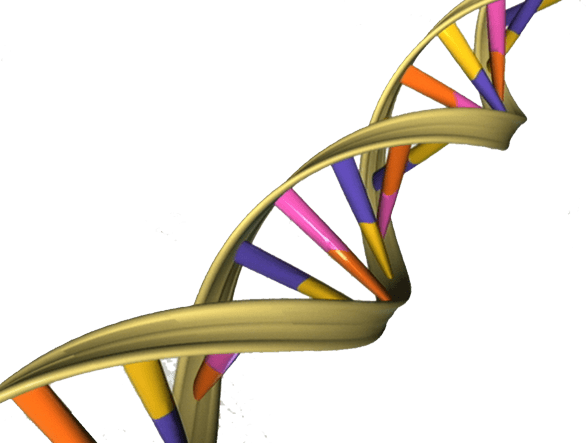We’re all composed of DNA, yet few humans have an understanding of what it is and how it impacts our lives. This makes it one of the more intriguing molecules on the face of the planet.
What Do You Know About Your DNA?
Deoxyribonucleic acid – DNA – is the molecule that stores all of the biological information and genetic instructions that make each species on the planet unique. While typically discussed in terms of evidence for criminal cases, there’s far more to this complex compound than most people realize.
You remember learning about DNA in a high school science class. You may even recall some of the basic nucleotide pairings (adenine with thymine and cytosine with guanine). But aside from doing some basic nucleic acid sequencing, your understanding of DNA is probably quite limited.
You may not be interested in all of the science behind nucleotide pairings and cellular structure, but there are plenty of extremely practical bits of information you may find useful. Here are a few of these facts:
Humans and Chimps: Not That Different
If you’ve ever watched a chimpanzee in your local zoo and thought to yourself, “That animal is one screw short of being a human,” you wouldn’t be wrong. Scientists have sequenced the genome of chimps and found that they share roughly 98 percent of their DNA with humans. In fact, there are only a few unique sequences of genetic code, which explain some of the human-specific traits (like speech).
Want to know something even more interesting? The number of genetic differences between chimps and humans is 10-times smaller than the differences between rats and mice. Now that’s freaky!
You and Your Neighbor: Not That Different
No matter how much they may drive you crazy, you’re not that different from your nosy neighbor next door. Research shows that the average person shares 99.9 percent of the same DNA with anyone, anywhere. From Asia and Africa to Europe and the Americas, your genetic makeup is alarmingly similar to the next person.
8 Percent of DNA is Viral
DNA is quite malleable and prone to error. While there are lots of different repair systems built into it, some damage is permanent. For example, a particularly strong virus or disease can stay with you for life and be passed down to your children, grandchildren, and future generations.
Over time, the human race has accumulated so much of this “viral” DNA that it makes up an average of 8 percent of all DNA. Some is helpful, some is harmful, and most has little effect on our lives.
You Can Get Your DNA Tested
Did you know you can get your DNA tested from the comfort of your own home? Whereas you once had to visit a special lab and wait months for results, it’s possible to do in-home DNA testing and get results in as little as four weeks.
Two Sets of DNA
You may be aware of the fact that babies are capable of committing “murder” in the womb. It’s fairly common for one twin fetus to absorb another, which actually leads to some people having a separate set of DNA inside of them. This condition is known as “chimerism.” But it gets even weirder.
In 2002, one woman submitted DNA tests for her three children as part of a welfare claim. But despite the fact that she delivered all three of the babies, the genetic results said she wasn’t the mother. She was accused of stealing the children, until additional evidence showed that she’d actually given birth to her unborn sister’s children.
Science Isn’t Just for the Classroom
Most people take science classes as part of their formal education and never explore anything else it has to offer for the remainder of their lives. But science isn’t just for the classroom. As interesting as DNA is, there are dozens of other scientific topics that are equally intriguing. Make science a bigger part of your life, and you’ll enjoy more fruitful and enriching experiences on this earth.







